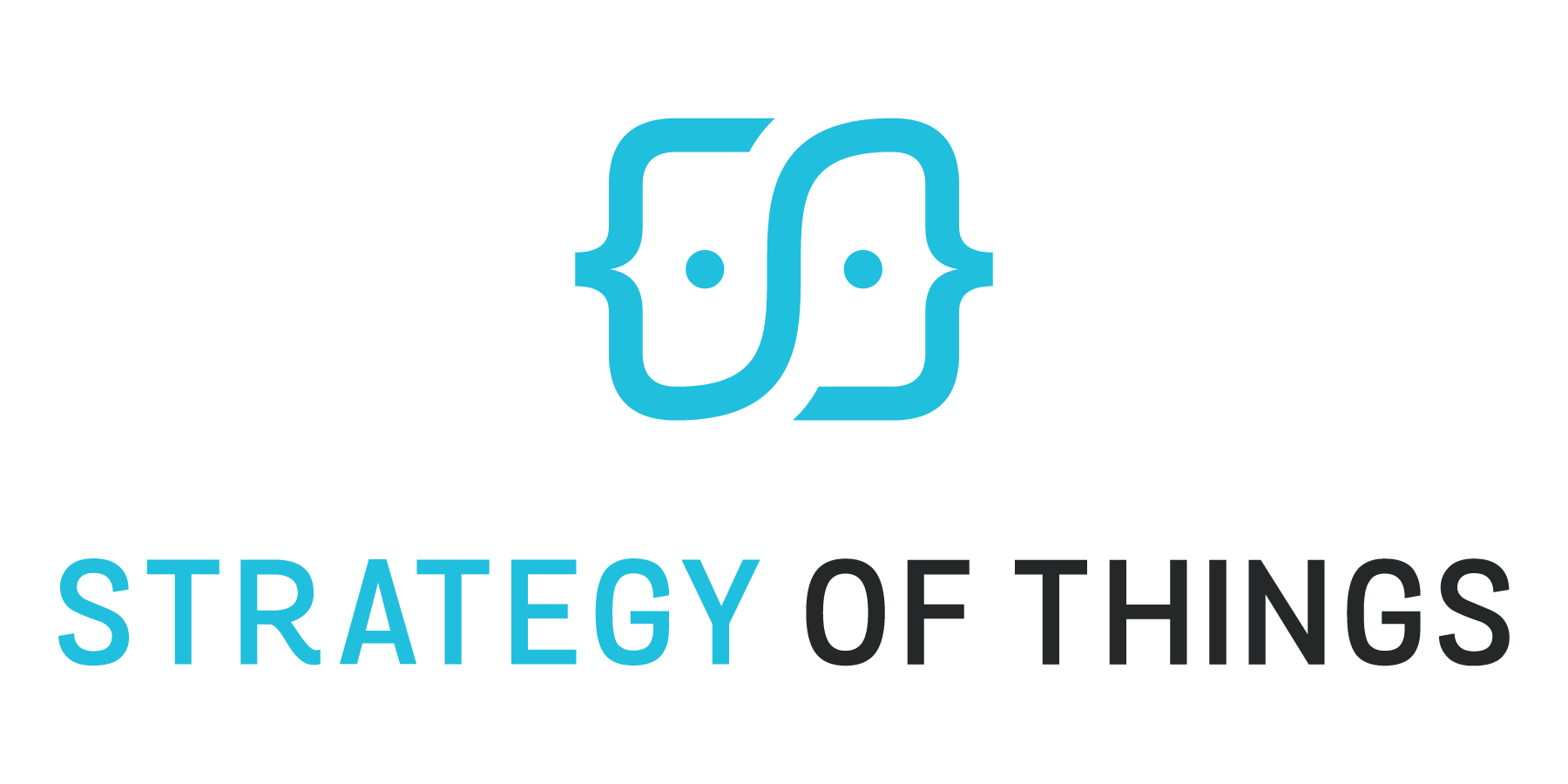Capabilities for Covid-19 Community Resilience
Community Resilience consists of two of the fifteen capabilities defined in the CDC Public Health Emergency Preparedness and Response Capabilities October 2018 (Updated January 2019) document. The two capabilities are:
Community Preparedness is the ability of communities to prepare for, withstand, and recover from public health incidents in both the short and long term. This capability consists of the ability to perform the following function:
- Determine risks to the health of the jurisdiction
- Strengthen community partnerships to support public health preparedness
- Coordinate with partners and share information through community social networks
- Coordinate training and provide guidance to support community involvement with preparedness efforts
Community recovery is the ability of communities to identify critical assets, facilities, and other
services within public health, emergency management, health care, human services, mental/behavioral
health, and environmental health sectors that can guide and prioritize recovery operations. This capability consists of the ability to perform the functions listed below.
- Identify and monitor community recovery needs
- Support recovery operations for public health and related systems for the community
- Implement corrective actions to mitigate damage from future incidents
More detailed information about these two capabilities and their associated functions is found in the CDC document.
To go to the use cases and solutions for Covid-19 Community Resilience
Community Resilience Innovation Ecosystem and Use Cases
Local and community air quality monitoring
Deploy air quality sensors within select communities or areas to determine air quality levels. Areas with high levels of air pollution before the outbreak of the COVID-19 are more likely to see patients die from the infection during its spread. Harvard College researchers found a small increase (1 microgram per cubic meter) of particulate matter PM2.5 increased death rates by 15%. Additional information.
Community Resilience Community Engagement
Online hubs and citizen portals
Information hubs and portals for informing citizens. These include The City of Austin and Travis County in the US have launched a campaign to show how citizens and the community are connecting, supporting and keeping one another safe during the coronavirus update.
Additional information
Rapid Response Virtual Agents
Respond to questions from constituents (businesses, residents, etc.) about the coronavirus. It's designed for organizations who need to be able to provide information related to the COVID-19 pandemic to their customers, such as government agencies, healthcare and public. Designed to help government agencies, healthcare and public health organizations, nonprofits, and businesses in other industries impacted by COVID-19, such as travel, financial services, and retail, Contact Center AI’s Rapid Response Virtual Agent program is available around the world in any of the 23 languages supported by Dialogflow.
Additional information
https://www.techrepublic.com/article/google-cloud-launches-new-ai-chatbot-for-covid-19-information/
https://cloud.google.com/blog/products/ai-machine-learning/support-for-contact-centers-during-covid-19
Community Resilience Data and Analytics
Community data and location analytics combined with COVID-19 data
Data platform with land use, socio-demographic, mobility, and health data (including latest Covid-19-related datasets), as well as a built-in nationwide data core sets. Platform can provide insights on the following categories:
- Infection incidence by county
- Locations of the highest at-risk populations based on age, income, transportation access, and more
- Walk and transit access to food outlets and grocery stores
- Access to hospitals and medical care, and the number of ICU beds
- Access to cars and public transportation.
The integration of these data sets can create analyses that help public agencies better adapt, plan and deploy resources – such as food and medical care – to those who need it most, while also limiting disease exposure to those most at risk.
Community sentiment analysis
Platform analyses online comments (social media, posts, tweets, likes, comments, etc.), aggregates and provides data driven insights to identify what people are talking about, their concerns, their interests, and so on. Helps local government understand resident concerns and priorities around the pandemic, shape policy, programs, initiatives and messaging. Additional information.
Questions?
These are extraordinary times, and we're all in this together. We try to stay up to date with share what is happening with COVID-19 responses and mitigation efforts. Whether you have questions about the content, like to share information, exchange knowledge and best practices or collaborate on future projects, we look forward to hearing from you.
